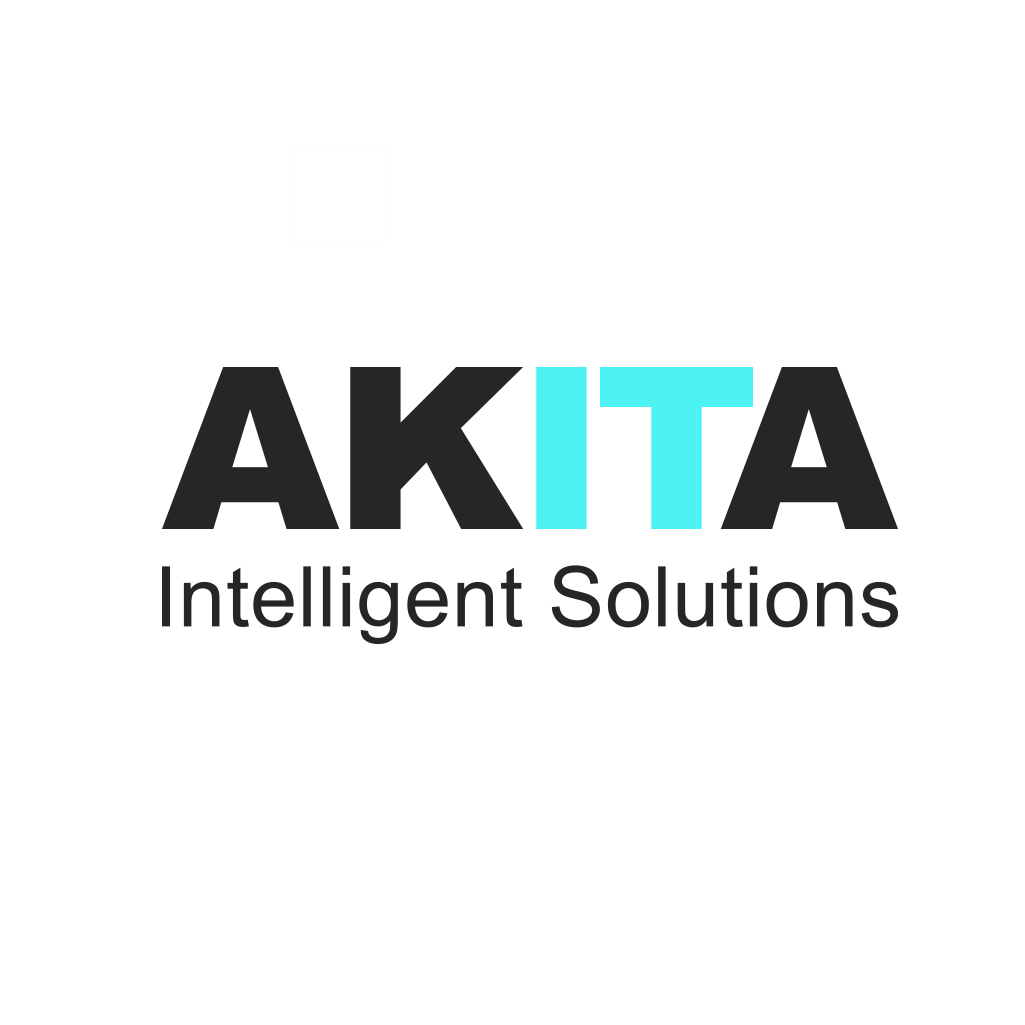Discover best practice for managing items within SharePoint
What are SharePoint content types?
In SharePoint, a content type pulls together information about an item. This item could be several things such as a document, an Excel workbook, a list, a folder etc. A content type associates this item with metadata and/or other information e.g. a retention policy.
What is metadata?
Metadata is the characteristics of a document that allow you to categorize it. This could include things like the date it was created, the document type (eg. contract), the author or the document department (e.g. finance). See an example below where the content type and department have been applied to each document:

How can you use these content types?
You can use content types as a way of grouping information about list items or documents by using custom columns.
For example, you may want to create a Purchase Order content type. For this you may enter columns such as:
- Customer Name
- PO Number
- Date
- Salesperson
- Document type (e.g. Invoice)
Why is this useful?
Once all your purchase order documentation is tagged under the Purchase Order content type you can create views to allow your staff to find documents easily.

If you enter your Purchase Order document library and only wish to see documents from one client, a view can be set up to do this. Once the view has been created you can select it from a drop-down on the left-hand side of the page which will filter the information you are shown.
Perhaps you want to see all documents but want them grouped by client name so you can quickly find all the documentation for one client. This can also be done through views. These views can be changed to suit the needs of your search, for example, you may still want to see your documents grouped by client but then only want to see documents tagged ‘Invoice’. This is easily achieved by changing the view.
Why use SharePoint content types over traditional folders?
While people are used to using a folder-based storage structure there is only one way to group files which leads to limited searchability.
People have different preferences on how things should be stored meaning that it can be difficult to find exactly where a document has been stored (eg. one department in your organisation stores their all files under one folder whereas another may then have a whole extra subset of folders to store their items under their main folder). It’s also easy to duplicate files in folders without noticing, leading to issues with version control.
Reorganising files in folders on SharePoint can result in broken links. For example, if a file is moved from one folder to another, the file’s URL is changed, which will result in broken shortcuts and bookmark links.
SharePoint Content Types/Metadata Pros
Content types can drastically reduce the time spent looking for files. Views can be heavily customised and allow for easy searching and filtering of information. Other benefits include:
- SharePoint Content types allow for easy document tagging and result in standardisation and consistent user experience across your site
- You can create a content type at either site level or at list/library level
- SharePoint Content types can be used to support retention policies and can let users know when certain files/items are up for review
- If you are adding a high volume of document libraries to your site that all need the same metadata, this can be done easily through content types. If further down the line you need to add another column of information to this content type, you will only have to do this once
The only downside is that staff may require some training in how to use this method
To discuss improving your Microsoft SharePoint instance with content types, get in touch.





